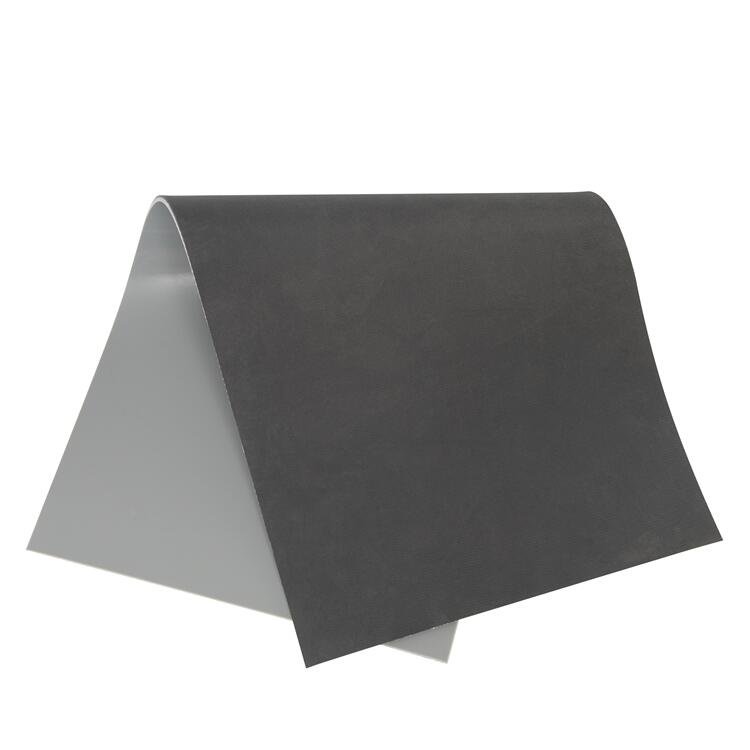How to handle install maintain silicone sheet for PV module lamination
User Manual: Silicone Sheet For Solar Panels Lamination
Silicone sheets are designed for use in the solar industry and have become integral parts in the process of manufacturing photovoltaic panels.

Prior to use, please read this user manual carefully.
1: Handling
Our logistics workers will wrap the silicone sheet in a roll and tie-up with strong woven bags. A strong cardboard tube will be inserted firstly in the middle as the support. So it will be easy for customers to carry and unpack when receiving it. When the quantity is over 5 rolls, we usually put all rolls in pallets or wooden cases in order to avoid any damage during transportation.
2: Storage
The storage temperature is between -15 ℃ and +35 ℃. The roll should be far away from the heat source more than 1 meter. It should be no contact with oil, acid, alkali, salt and other corrosive chemical substances, and avoid direct sunlight.
* As the leading silicone sheet supplier, we suggest the storage life for a silicone sheet be 12 months from the production date.
3: Use, installation and maintenance
(3.1): In the process of the installation, the force on the silicone sheet should be uniform and consistent in all directions. It should not be too tight or loose partially. Considering that there exists a certain coefficient of thermal expansion for silicone rubber, it is recommended that the silicone sheet be heated on the laminator before installation. We call this process “warm-up”. At this time, the distance between the upper template and this silicone sheet is about 2mm. The “warm-up” will be 1.5-2 hours at 150 degrees Celsius, and then the mould is closed. The position of the round holes on the silicone sheet must be consistent with the template round holes, and cannot be offset.
In addition, due to thermal expansion and contraction of the silicone sheet, it will be too tight if the laminator is shut down and cooled to room temperature. Long-term heating and cooling frequently on the silicone sheet, it will make it always in the alternating gravitational force of extension and contraction, which is easy to cause its early damage. It is recommended that after the single-shift production, the mould room should be closed, so the silicone sheet will not be cooled too quickly.
(3.2): During the processing of EVA hot melt film, the released gas will strongly corrode the silicone sheet, causing it to become hard, brittle, and lose elasticity. Therefore, it is recommended to choose high-quality EVA with higher purity and less volatile matter. In order to protect the silicone sheet and make it less contact with volatiles, it is recommended to put two layers of Teflon fabric as an isolation layer between the module and the silicone sheet. At the same time, it is recommended that the vacuum process is quickly and thoroughly in order to reduce the residence time of the EVA volatiles in the laminator.
(3.3): It is strictly forbidden for the silicone rubber sheet to be unevenly stressed during use, and it is strictly forbidden for iron filings, sand and other impurities to enter the silicone rubber sheet and even cause injury to the workers.
(3.4): The silicone sheet is not resistant to strong corrosive chemicals, and its texture is relatively soft. The surface cannot be cleaned with strong solvents or acid-based solutions. Solvents such as neutral detergent or alcohol should be used. It is recommended to clean and treat the surface frequently to prevent EVA residue from leaving on the surface. At the same time, do not use sharp objects to contact the silicone sheet, which may cause abnormal early damage to the silicone sheet.
(3.5): We recommend three models of silicone sheets for solar laminator. Please check or download below technical data sheet for your further distinction.
Product features:
* Flat surface
* Uniform thickness
* Ageing resistance
* High-temperature resistance
* Excellent dimension stability
* High resilience rate
* Strong tear resistance
* High resistance against gas released from EVA films
Customer benefits:
* High productivity due to increase number of lamination cycles
* Costs saving
* Excellent price/value ratio
The user manual of our silicone sheet is written by Deer Hunter engineers. And you can contact us by email at sales@cndeerhunter.com
Become A Partner
Get in Touch with us
Fill out more information, We will get back to you within 24 hours.
- fullchance100
- 0086 13823789007
- exporting@cndeerhunter.com

